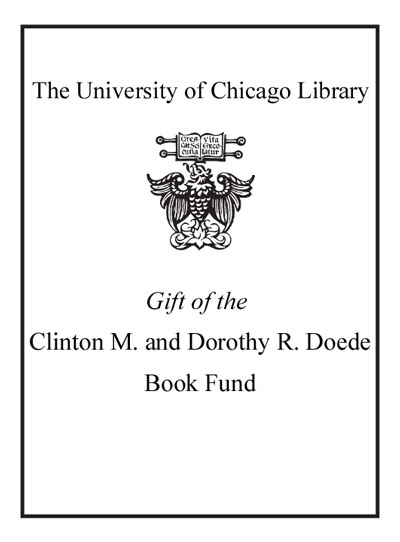Breakdown of Einstein's equivalence principle /
Saved in:
| Imprint: | Singapore ; Hackensack, NJ : World Scientific Publishing Co. Pte. Ltd., [2023] |
|---|---|
| Description: | 1 online resource ( xvii, 182 pages) : illustrations |
| Language: | English |
| Subject: | |
| Format: | E-Resource Book |
| URL for this record: | http://pi.lib.uchicago.edu/1001/cat/bib/12936144 |
Table of Contents:
- Intro
- Contents
- Preface
- 1. Breakdown of the Einstein's Equivalence Principle for a Quantum Body
- 1. Introduction
- 2. Goal
- 3. Inequivalence Between Passive Gravitational Mass and Energy at a Microscopic Level (Method-1)
- 3.1. Electron wave function in a hydrogen atom with a definite energy in the absence of gravitational field
- 3.2. Electron wave functions in a hydrogen atom in the presence of gravitational field
- 3.3. Probabilities and amplitudes
- 4. Inequivalence Between Passive Gravitational Mass and Energy at a Microscopic Level (Method-2)
- 4.1. Schrödinger equation with a definite energy in the absence of gravitational field
- 4.2. Schrödinger equation in the presence of gravitational field
- 4.2.1. More general Lagrangian
- 4.2.2. More general Hamiltonian
- 4.3. Gravitational field as a perturbation to the Hamiltonian
- 4.4. Some experimental aspects
- 5. Einstein's Equivalence Principle for the Stationary Quantum States at a Macroscopic Level
- 5.1. Non-relativistic hydrogen atom
- 5.2. Relativistic corrections to a hydrogen atom
- 6. Inequivalence Between Passive Gravitational Mass and Energy at a Macroscopic Level for the Gravitational Demons (Method-1)
- 7. Inequivalence Between Passive Gravitational Mass and Energy at a Macroscopic Level for the Gravitational Demons (Method-2)
- 7.1. Some experimental aspects
- 8. Inequivalence Between Active Gravitational Mass and Energy at a Macroscopic Level for the Gravitational Demons
- 8.1. Active gravitational mass in classical physics
- 8.2. Active gravitational mass in quantum physics
- 8.2.1. Equivalence of the expectation values of active gravitational mass and energy for stationary quantum states
- 8.2.2. Inequivalence between active gravitational mass and energy for Gravitational demons
- 8.3. Some experimental aspects
- Acknowledgments
- References
- 2. Probing Unruh Radiation and the Equivalence Principle with Unruh-DeWitt Detectors
- 1. Unruh-Dewitt Detector
- 2. Unruh Effect
- 2.1. Motion with constant velocity
- 2.2. Motion with constant linear acceleration
- 2.3. Motion with constant circular acceleration
- 3. Sokolov-Ternov Effect with Arbitrary Gyromagnetic Number and Unruh Effect
- 3.1. Synchrotron radiation due to the electric charge
- 3.2. Synchrotron radiation due to spin flip
- 4. The Equivalence Principle
- 4.1. Minkowski space-time
- 4.2. Rindler space-time
- 4.3. Schwarzschild space-time
- 4.4. Mach's principle, equivalence principle, and gravity
- 4.5. Thermal Mach's principle
- 5. Summary and Conclusions
- Acknowledgments
- References
- 3. Gravity at Finite Temperature, Equivalence Principle, and Local Lorentz Invariance
- 1. Introduction
- 2. Non-geodesic Motion of Test Particles at Finite Temperature.

